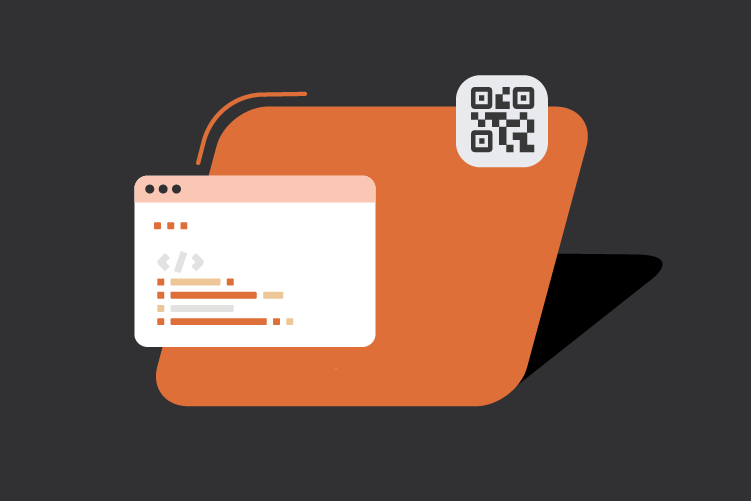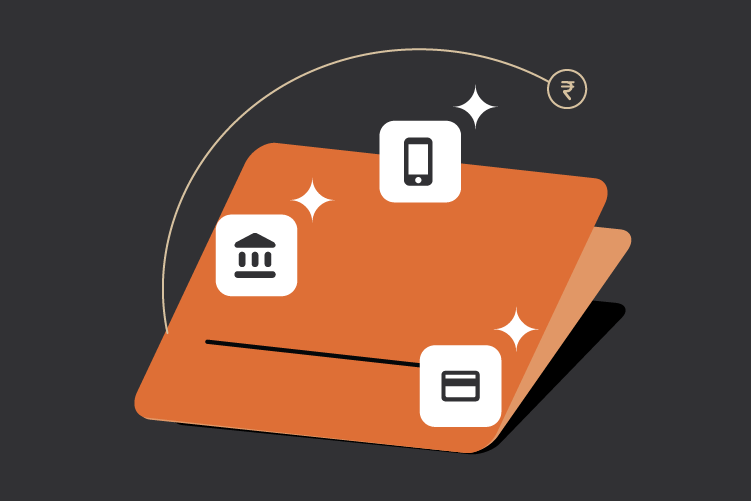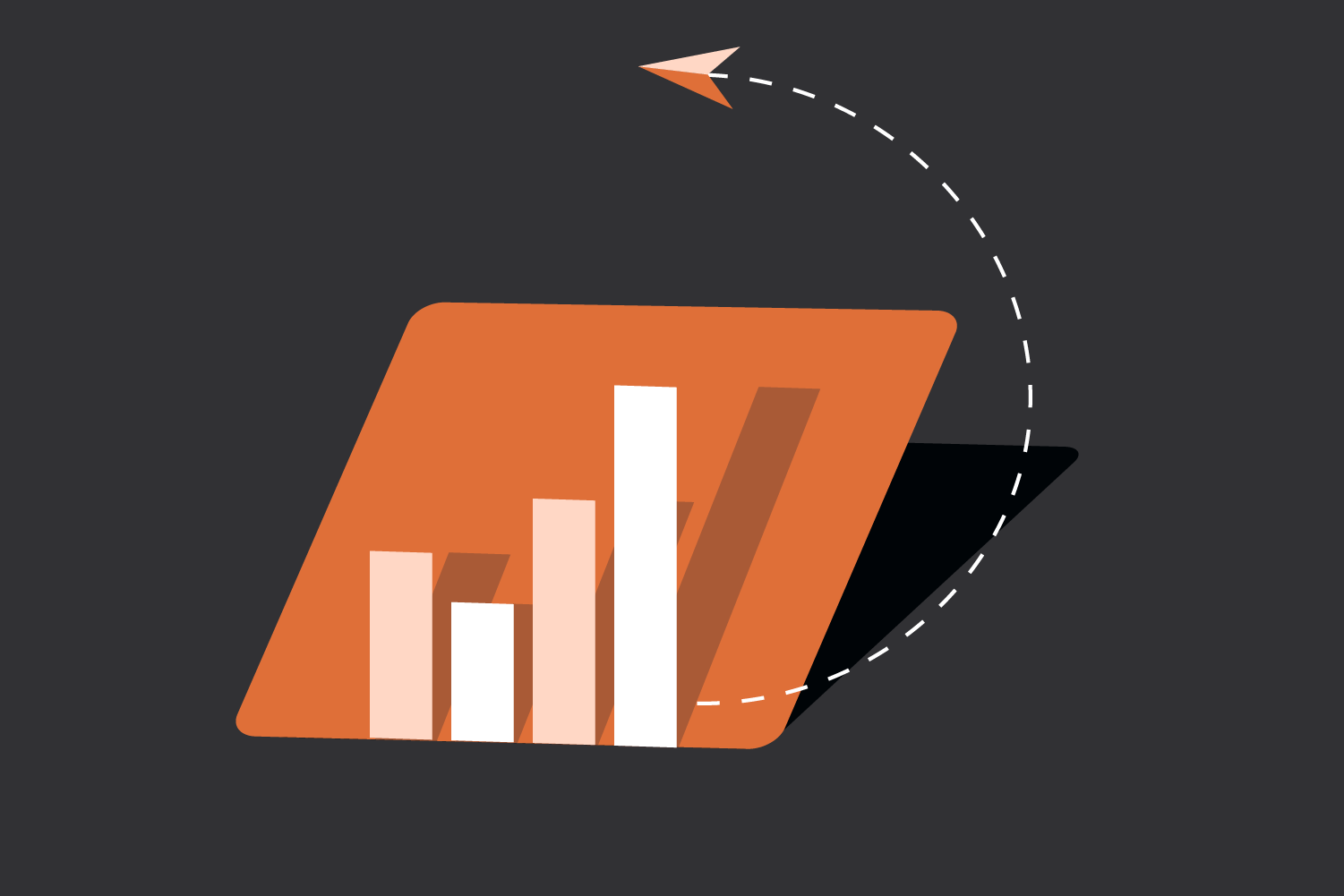In today’s increasingly digital economy, businesses rely on complex payment ecosystems to function smoothly, and at the heart of this system lies the “acquiring bank” or “acquirer”. But what does it mean, and why is it important? Understanding the role of an acquiring bank is crucial for small and medium-sized enterprises (SMEs) and businesses looking to streamline their payment operations. Let’s break it down step by step.
What is an Acquiring Bank?
An acquiring bank, often referred to simply as an acquirer, is a financial institution that processes card transactions on behalf of merchants. It acts as the intermediary between the merchant and the card networks (like Visa, Mastercard, or RuPay) to ensure that payments made by customers reach the merchant’s account securely and efficiently.
In simpler terms, the acquirer is the merchant’s partner in facilitating electronic payments, enabling businesses to accept card payments from their customers. Without an acquirer, businesses would struggle to process transactions smoothly.
How Does an Acquiring Bank Work?
The acquiring bank plays a critical role in the payment ecosystem. Here’s a step-by-step explanation of how it works:
- Customer makes a payment:
- A customer initiates a transaction, either online or at a point-of-sale (POS) terminal, using their preferred payment method—be it a credit card, debit card, UPI, or a digital wallet.
- Payment Gateway facilitates the transaction:
- The payment gateway acts as the technology bridge, capturing and securely transmitting the transaction data from the customer to the acquiring bank.
- Acquirer sends the request to card networks:
- The acquiring bank receives the transaction data and forwards it to the appropriate card network (e.g., Visa or Mastercard).
- Card network communicates with the Issuer:
- The card network routes the transaction request to the issuing bank (the customer’s bank), which validates the payment by checking for available funds or credit.
- Transaction approval or decline:
- The issuing bank responds with an approval or decline message. This response is sent back to the acquirer via the card network.
- Funds are transferred:
- Once approved, the acquirer deposits the transaction amount into the merchant’s account after deducting the applicable fees (such as transaction processing fees).
- Settlement:
- The acquirer ensures the merchant gets paid, typically within a predefined settlement period (e.g., T+1 or T+2 days).
Key Responsibilities of an Acquiring Bank
An acquiring bank does more than just process transactions. Here are some of its key responsibilities:
- Onboarding merchants:
- The acquirer evaluates and onboards merchants, ensuring they meet compliance and risk management standards. This includes verifying business credentials and monitoring transaction volumes.
- Payment processing:
- The core function of the acquirer is to facilitate seamless payment processing, ensuring every transaction is authenticated, secure, and completed in real-time.
- Risk management:
- Acquirers implement fraud detection tools and monitor transactions for suspicious activities, minimizing the risk of chargebacks and fraud for both merchants and customers.
- Settlement of funds:
- After deducting processing fees and other charges, the acquirer ensures timely settlement of funds into the merchant’s account.
- Technical support:
- Acquiring banks often provide technical support to merchants, ensuring their payment systems run smoothly and troubleshooting any issues that may arise.
Acquiring Bank vs. Payment Gateway: What’s the Difference?
It’s common to confuse acquiring banks with payment gateways since both are integral to the payment process. However, their roles are distinct:
| Aspect | Acquiring Bank | Payment Gateway |
| Role | Processes transactions for merchants | Connects merchants with acquirers and issuers |
| Entity | A financial institution | A technology platform |
| Focus | Settlement and risk management | Transaction facilitation and security |
| Example | HDFC Bank, ICICI Bank, Axis Bank | Zwitch |
Both entities work in tandem to ensure a seamless payment experience for merchants and customers.
How to Choose the Right Acquiring Bank for Your Business
When selecting an acquiring bank, businesses should consider the following factors:
- Transaction fees:
- Understand the fee structure, including Merchant Discount Rates (MDRs) and other charges, to ensure they align with your business model.
- Supported payment methods:
- Choose an acquirer that supports diverse payment options like cards, UPI, and digital wallets to cater to a broad customer base.
- Settlement periods:
- Opt for an acquirer that offers quick settlements to maintain a healthy cash flow.
- Fraud prevention tools:
- Ensure the acquirer provides robust security features to minimize the risk of fraud and chargebacks.
- Integration with Payment Gateway:
- Check if the acquiring bank integrates seamlessly with your payment gateway for a smoother transaction flow.
In the world of payment processing, the acquiring bank plays a pivotal role in enabling businesses to accept digital payments seamlessly. At Zwitch, we understand the importance of efficient payment systems. Our low-code payment gateway integrates effortlessly with leading acquiring banks, helping businesses simplify payment complexities and focus on their core goals. Whether you want to improve transaction efficiency, reduce cart abandonment, or expand your digital payment capabilities, Zwitch has you covered.
Interested in our APIs? Let’s talk!
Tell us your automation goals, and we’ll set you up with a free, personalized demo from our API expert.
Click Here


0 Comments